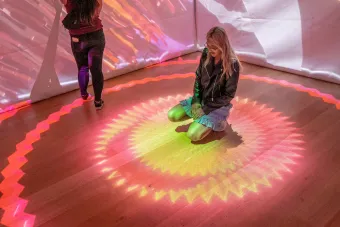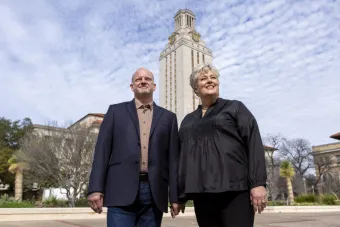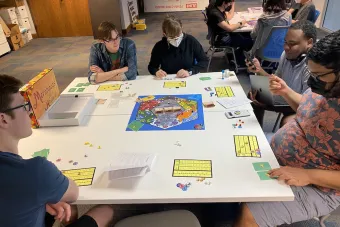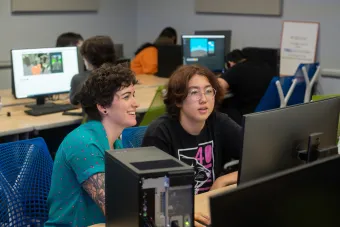A large crowd of people stands and dances in a dark room illuminated by colorful lasers and vibrant light projections. Blue, purple, and yellow beams radiate from the stage, where DJs or performers are set up. Abstract visuals are projected on the side walls, creating an immersive, nightclub-like atmosphere.
Featured Story
SDCT's Top 10: Year in Review
Relive standout events, inspiring student work, and key milestones from the 2024–2025 academic year.











